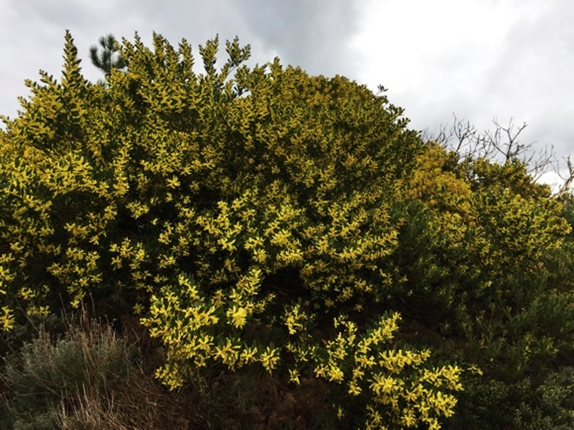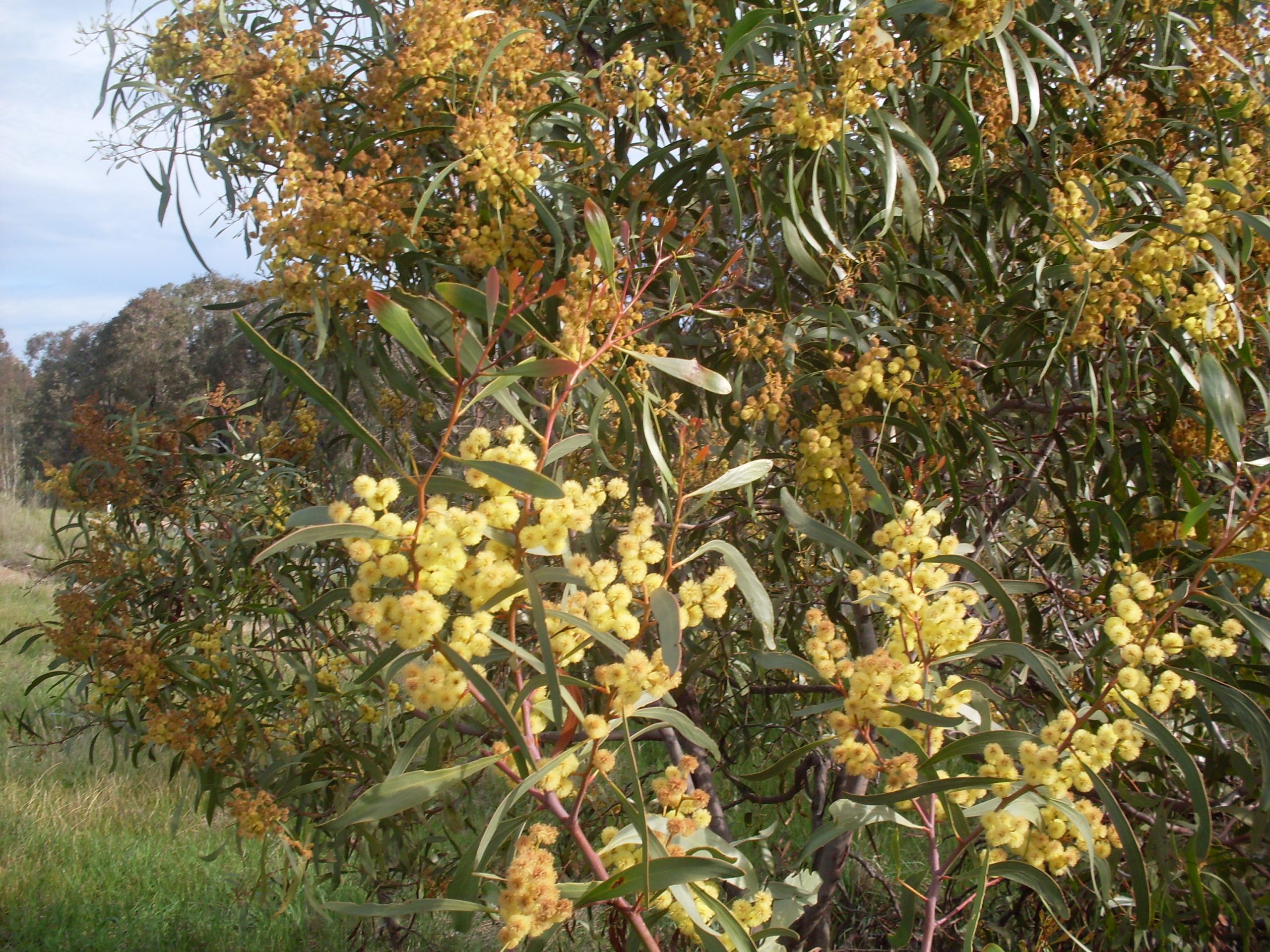Australian acacias are genetically highly diverse across the globe
Australian acacias are some of the world’s worst invasive plants and their success has been heavily shaped through their usage by humans for various purposes. C·I·B research members Prof Jaco Le Roux, Prof Dave Richardson and Prof John Wilson, together with colleagues from the University of Lisbon, published a meta-analysis on the genetic diversity of 37 Australian Acacia species.
Comments Off on Australian acacias are genetically highly diverse across the globe
19 July 2021


